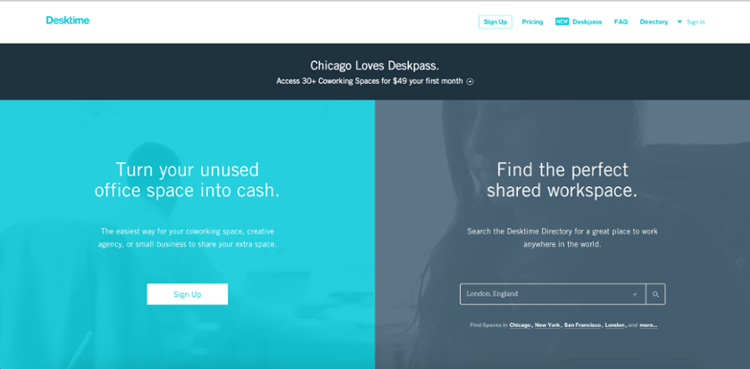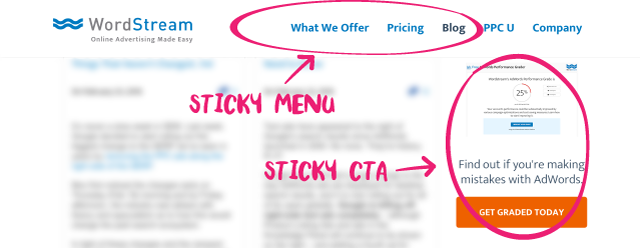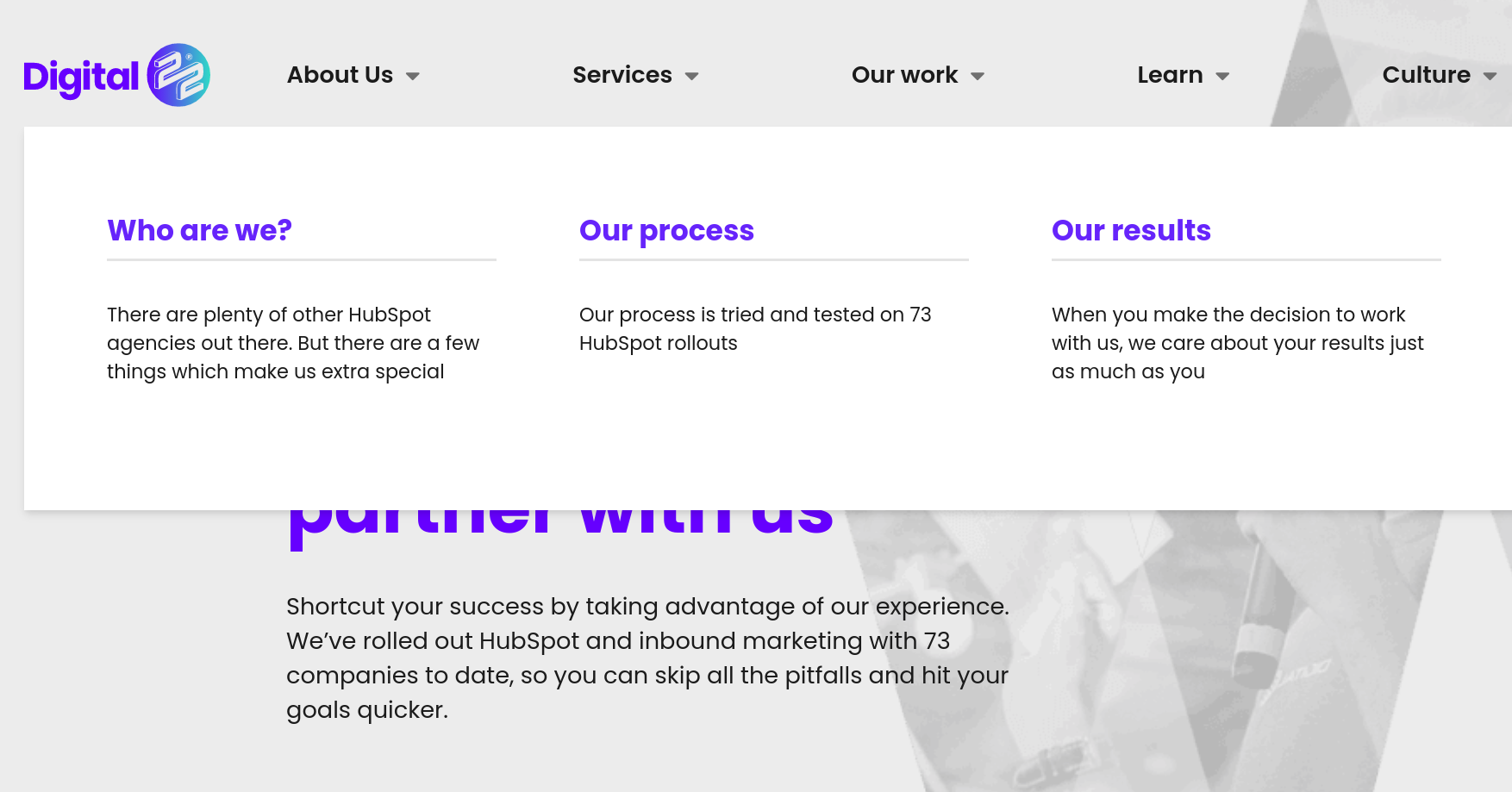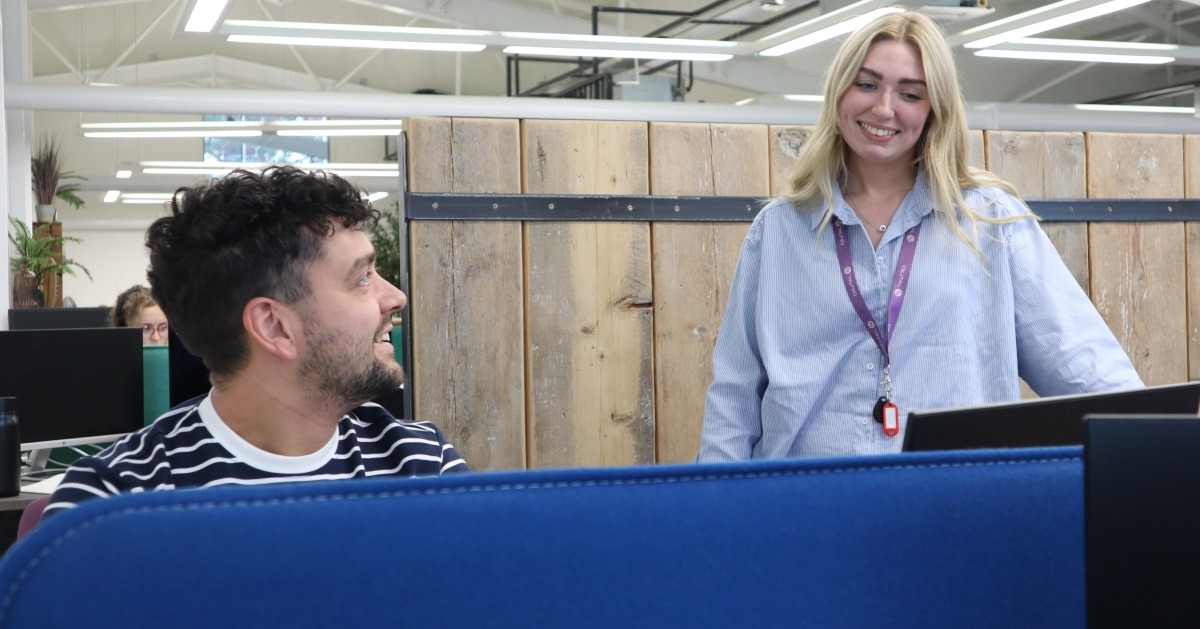Today's online searchers are impatient. We can't blame them, faster internet connection and mobile...
For many online businesses, Conversion Rate Optimisation (CRO) is an important means of converting more visitors into customers. Every page of your website needs to be optimised to turn your passive visitors into active customers. It can be a tenuous process but once you’ve got it right, your website will become a ‘converting machine.’

As we’re getting into the swing of 2017, we thought it was an ideal time to predict what CRO trends we’re expecting to see this year.
1. More Lazy Loading
This year we’re expecting more lazy loading.
Lazy loading is a design pattern that is used in computer programming. When you load a new page, instead of loading everything instantly, lazy loading defers loading certain aspects of your web page until the online visitor scrolls down. Loading a full page can take time, whilst only loading the visible parts of the page is faster and more efficient. This means your pages will load quicker and decrease the chances of visitors leaving your site.
Most of today’s online visitors are incredibly impatient. We’re used to fast internet and instant access. Lazy loading can help bigger sites load quicker.
2. One Page e-Commerce Sites
Over the years we’ve seen a popular demand for one page eCommerce sites and this year we’re going to see it reach even greater heights.
One page sites may seem pretty basic but when you see them in action, it’s obvious why so many businesses are preferring this new style. One page websites return to basics and take away any forms of distractions. It gives the online visitor one option; to scroll down.
The one page design deters visitors from clicking on other pages. If the site is smartly crafted, each section will be designed to interact with the needs of the buyer; prompting them to continue scrolling, and to help them progress along their buying journey. Which will help increase conversion rates.
3. Personalisation
Another conversion rate optimisation trend we’re going to see more of this year, is website personalisation.

Many businesses use personalisations in customer emails, so instead of saying “Hi there,” it’ll say, “Hi [customer name]”. However there are many more benefits to personalised content on your website. It builds a relationship with customers, improves lead nurturing, makes your site more welcoming and overall, it increases lead conversion.
From a study by Econsultancy, 71% of respondents said personalised content (like name, gender and location) had a major impact on online engagement.
Generic content does the trick but personalisation is more engaging for online visitors and benefits your CRO.
4. Split Screen Layouts
Split screen layouts are certainly a popular trend at the moment.
This is where the website page is divided vertically into two halves. These two areas usually have different content and contrast against each other. You will usually find this before you reach the homepage. Why is this done? Because it invites the online user to make a choice on what they want to see. What they click on results in what type of content will appear.
Today’s buyers are more empowered, they want to have a choice when they’re looking to buy. Split screens offer buyers a choice on what path they want to take.
Here is a great example:

Source : www.desktimeapp.com
5. Sticky CTAs
This year, there will be an increase in sticky elements on web pages; in particular, there will be more sticky CTAs.
As you already know, Call-to-Actions play a key role in lead conversion. One of the biggest questions when designing a website is: where do I put my CTAs? Sticky CTAs solve that issue.
Sticky features move to keep in the visible sight of an online visitor. Even when they scroll down, the sticky CTA will follow them. So, when the visitor is ready to convert into a contact, the Call-to-Action is ready and easily accessible.
Here’s a perfect example: WordStream

On WordStream they have a sticky CTA and menu. When you scroll down, the menu stays at the top, and the CTA sticks at the right side of the blog post.
6. CRO Is A Trend In Itself, Finally
In 2017, more businesses are going to be focusing on their CRO strategies.
We’ve been waiting for this to happen for years but finally it seems businesses are taking heed. Before, many businesses were focusing their attentions on attracting traffic rather than converting them. One study describes how for “every $92 spent acquiring customers, just $1 is spent converting them.”
Designing a high tech and smart navigation website isn’t enough, you need features that convert visitors. This year we will be seeing more businesses focusing on combining their web design with their CRO strategies, to create websites that naturally convert more visitors.
7. More Companies Will Be Updating And Optimising Their Sites For CRO More Often
This year we're expecting to see more companies investing time and resources into improving the design of their websites a lot more often, in order to benefit conversions.
Compared to ten years ago, the internet is rapidly changing on a regular basis. So, it's crucial companies regularly update and improve their website designs to keep their sites running smoothly. But along with updating your web design, you have to understand the way your ideal customers like to shop can change too. Each industry is different, so you have to be willing to experiment and examine how your ideal customer engages with your website to determine the best way to optimise your site for conversions.
One of the most effective ways of improving your website is with HubSpot's Growth Driven Design method. This is where each page of your website is continually optimised for conversions with all the other benefits of HubSpot. Web designers can closely monitor how your site performs to determine which areas are in need of improvement.
Want To Improve Your Conversion Rate? Have You Considered Growth Driven Design?
If you want your website to continually attract and convert visitors, you need to be willing to adapt and improve your website and digital marketing strategy. If you want to learn more about Growth Driven Design and how it could benefit your conversions, speak to a member of our team.


